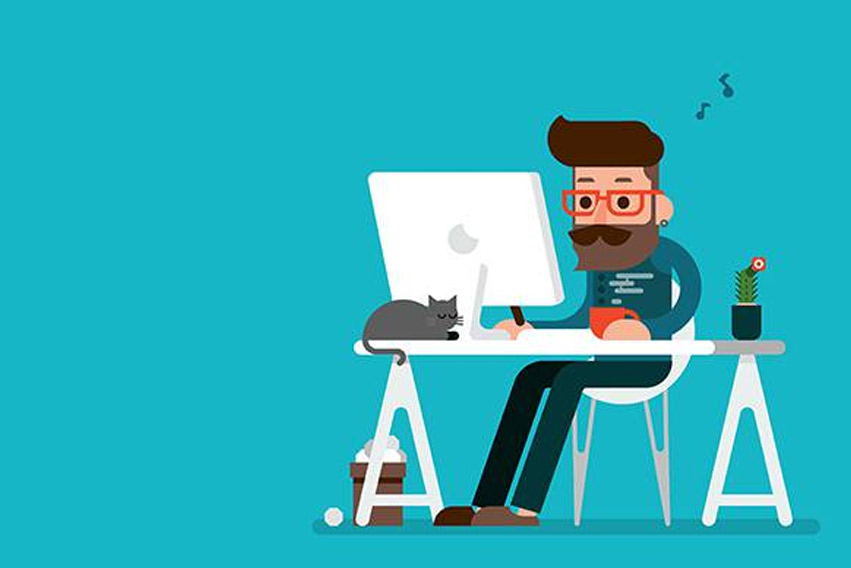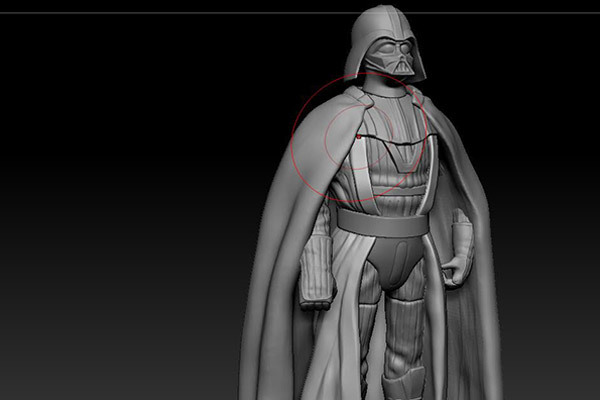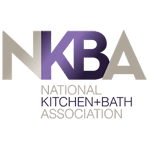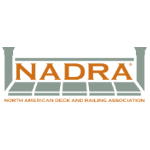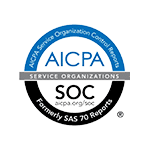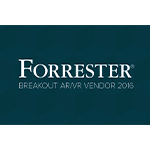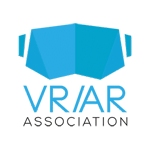Contrary to popular belief, creatives can thrive in an office
We creatives have issues. I don’t mean to perpetuate a host of starving, neurotic, egotistic, depressive, manic artist tropes, but as a proud member of the group, I feel confident saying that creatives do what we do because of a deep-seated need to express ourselves. Sometimes we even like to pretend we’re unique and beautiful snowflakes.
One popular artist stereotype is that office settings are hazardous to our emotional well being and our art. Forget what you might have heard: It turns out that an office environment is actually a great place for creatives. The routine is stabilizing, allowing us to drill down, focus, and get our creative work out into the world. We also get to fill a vital role, and who doesn’t love to know that their work is valued and valuable? It turns out that an office holds real advantages for creative people, and most of the time we’re happy to be part of a larger group.
Other times, however, the office environment is not so great. Creatives can struggle with artistic stagnation — Am I really doing everything I can to better my art? — and lose sight of why we started making things in the the first place. No creative person wants to see their passion and love of art get snuffed out by everyday demands that slowly tighten the noose and strangle all joy out of creation.
It’s a paradox: We love our jobs, and our jobs may be threatening to drive us insane. That’s certainly not unique to creatives. I bet you, good reader, are even thinking about how you work out some of that stress and reconnect with the parts of you that really enjoy your job.
Which is why, sometimes, the creatives at your office might be doing some weird stuff while everyone else is … what is it that everyone else is doing? Tracking spreadsheets? Synergizing partnership opportunities? Doing a cost-benefit analysis?
Where was I, again? Oh, right. Weird stuff we’re doing to keep ourselves happy and productive. I asked some of the other creatives here at 3D Cloud about how they cope with work stress, and here’s what they said:
4 ways creatives cope with professional stress:
1. We fear comfort and laziness, so we experiment with new tools, media, and techniques
“Most of my responsibilities have been really code based, so I’ve had an interesting challenge in furthering my creative skills,” says John Petty, Product Engineer (and formerly a 3D Artist). “I’ve literally been taking every opportunity I can to get my hands on a new tool or technique, whether it’s modeling, texturing, lighting and then trying to apply those skills to everything someone will let me try them on!”
2. We’re dead tired from pushing pixels all day, so we do something that is distinctly analog
“I try to spend at least 5-10 minutes doing something really different,” says Concept Artist Carlo Spagnola. “It helps me concentrate better during meetings and stay productive during tasks that require a lot concentration.”
3. We’re a little discouraged by stakeholder criticism, so we create our own goals
“Since I’m always working on a lot of different types of media and tasks, I try to create little goals for myself near the end of the day and execute side projects that hit that mark and spend about 15 minutes on them,” says Joe Johnson, Marketing Creative Director (and the guy writing this post). “Usually these take the shape of little animations or effects experiments. Sometimes they even turn into things that we’ll keep!”
4. Obsess over the details for waaaaayyyyyy too long as a way to meditate on the work
“The best practice to staying creative in the 3D realm is to focus on the small parts that you enjoy,” says 3D Artist Matt Muzzy. “For me, sculpting an organic shape in Zbrush is super relaxing. Testing specularity on a new material surface is wonderful, because that’s when a model starts looking real.”
Or to put it another way: We artists doodle, screw around, and constantly try to expand ourselves and our perspective. And all the while, we’re trying to make whatever we do — whether it’s a Post-It-Note masterpiece, Web interview videos, or high-fidelity 3D products — the absolute best it can be.
And once our masterpiece is complete, we can knock everything that’s “wrong” with it. We’re creatives, remember? It’s in our DNA.
